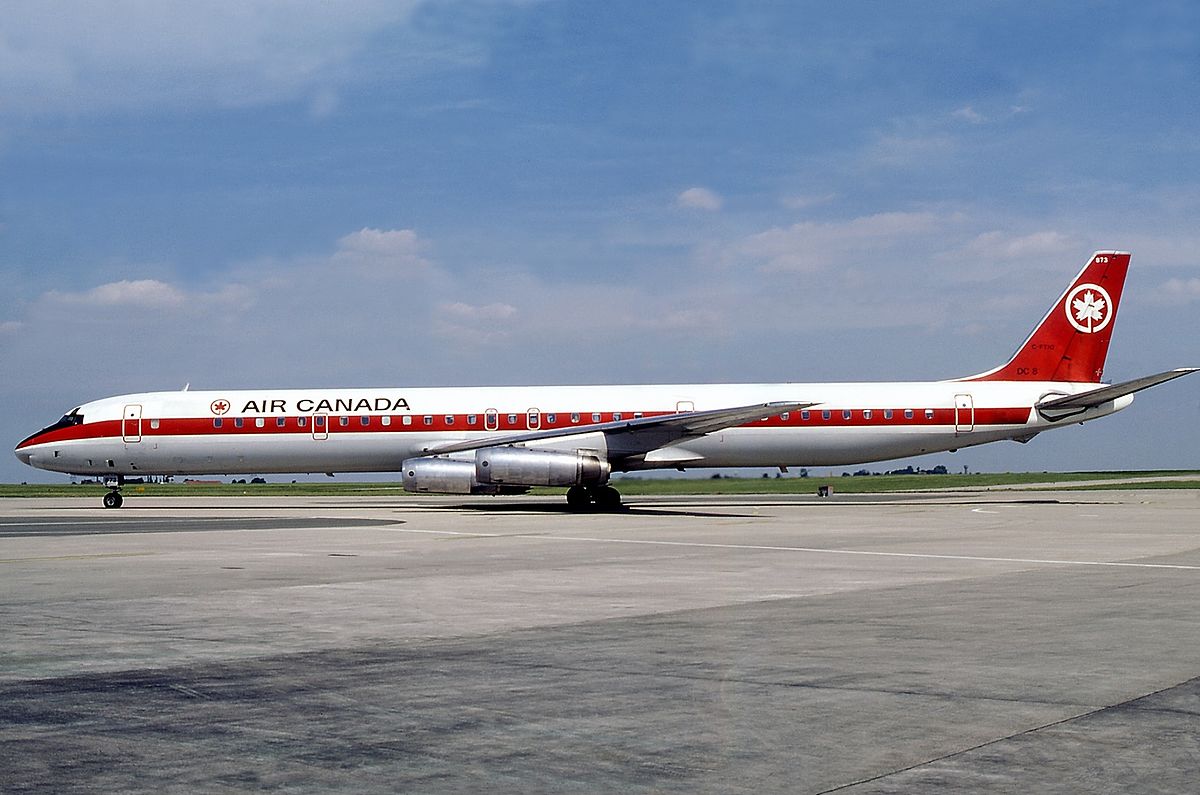PL1
Active Member
Pretty wicked crosswind looking at the wind sock
|
|
|
He was probably past the cutoff point to abort the landing.
At a certain point, they need to either commit or abort after which time they are dealing with the consequences of whatever actions they took. It may have been riskier to abort the landing than it would have been to commit to it.
I suppose there was the chance the plane may have been damaged to some extent unknown to them, and trying to keep flying when the plane might be coming apart won’t end well.… It may have been riskier to abort the landing than it would have been to commit to it.

Great article here on AC621. https://admiralcloudberg.medium.com...he-crash-of-air-canada-flight-621-ecd4c5ab831I suppose there was the chance the plane may have been damaged to some extent unknown to them, and trying to keep flying when the plane might be coming apart won’t end well.

Air Canada Flight 621 - Wikipedia
en.m.wikipedia.org
Yup. A split second decision. It's hard to get perspective, but it looks like he touched down a fair bit down the runway and might have assessed that they didn't have enough left to spool up, pull in surfaces, etc. That was part of Air France running off the end in the rain number of years ago.
Great article here on AC621. https://admiralcloudberg.medium.com...he-crash-of-air-canada-flight-621-ecd4c5ab831
Interesting book on a young girl who lost almost her entire family in the AC621 crash. -Repairing Rainbows, by Lynda Fishman.

 aviationsourcenews.com
aviationsourcenews.com
It's because the runway lights are in EnglishWhat is it about Air France and Pearson?!?
View attachment 534732

Home
AviationSource News is one of the fastest growing Aviation outlets in the world serving over 3 Million readers each month on our siteaviationsourcenews.com
Yes, but they would be mindful of the Air France flight in 2005 that over shot the runway.It's because the runway lights are in English
I'm curious about the go-around. I'm not a commercial pilot (or a pilot of any kind) but do subscribe to view that once you are on the ground - where you intended to be in the first place - you should stay there. A good landing is the one you can walk away from. I'm reminded of AC 621 in 1970. A pilot's visual awareness of large aircraft is pretty poor.

It's because the runway lights are in English
I'm curious about the go-around. I'm not a commercial pilot (or a pilot of any kind) but do subscribe to view that once you are on the ground - where you intended to be in the first place - you should stay there. A good landing is the one you can walk away from. I'm reminded of AC 621 in 1970. A pilot's visual awareness of large aircraft is pretty poor.
Yes, but they would be mindful of the Air France flight in 2005 that over shot the runway.

Air France Flight 358 - Wikipedia
en.wikipedia.org
Pilots practice the touch-and-go procedure when qualifying, it should be routine.
I take both of your points and, as stated, do not come from a position of strong knowledge, but going around assumes you didn't leave important parts on the runway that you are not aware of. That was my point of citing AC621 where they did attempt a go-around after a hard landing, unaware that they had left an engine behind.Its the wrong belief to have. A planes natural design is at high speeds is to want to fly. You actually have to fight with a plane to get it to land. Speed brakes, flaps and slats, reverse thrust, all designed to try to stop a plane from flying. Its often much safer to fly again and try again than to try to wrestle it to the ground where you can slide off the runway, flip over and burst into flames.
Even when the fuselage was damaged during the "touch". How do they know they've got enough parts and control left to survive?Pilots practice the touch-and-go procedure when qualifying, it should be routine.




